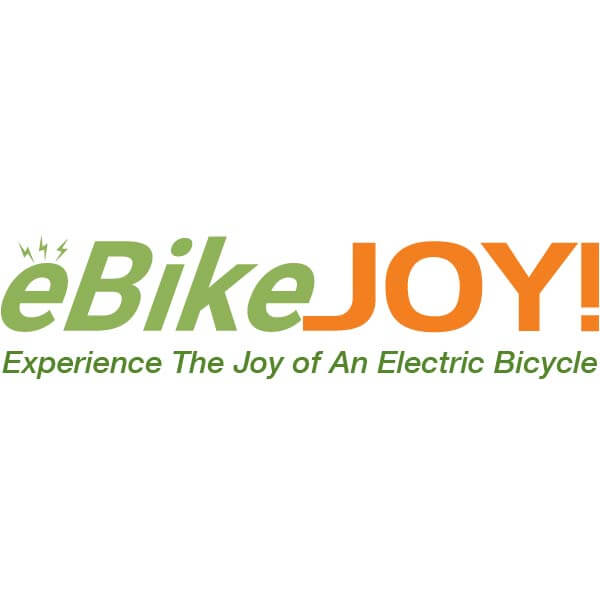
Courtesy of Electric Bike Action Magazine
There has never been a better time to buy a new helmet, even if yours is just a few seasons old. In fact, if yours is more than just a few seasons old, you should look into replacing it regardless of whether it has hit the ground or not. Helmet companies are more aware than ever of the severe impact a concussion has on one’s brain, and this has spurred development of new safety technology. Modern bike helmets are packed with more safety features than ever before to better protect you, your buddies and the loved ones you ride with. This is truly a great thing, but with all the new technologies entering the market, it can make purchasing a new helmet difficult. This is why we decided to dedicate a portion of this month’s “The Trail Starts Here” to helping you find the right helmet. Here’s everything you need to know—from helmet types to safety features and everything in between.
HELMET CONSTRUCTION
EPS (Expanded PolyStyrene) foam is used for most helmets on the market. This foam is made up of little beads the size of a grain of salt that are placed in a mold where they are heated and pressurized. This process expands the small beads and molds them into a helmet shape. The EPS inner liner is then paired with an outer shell, which is often painted or has graphics applied. EPS foam is used by most helmet manufacturers; however, some companies have modified or added to this technology to make their helmets even safer. Additionally, every helmet sold in the U.S. must pass a certification test from the Consumer Products Safety Commission (CPSC).
Dual-density foam: One common problem with EPS foam helmets is that, upon impact, the foam compresses to the point where it becomes a hard surface, which is not what you want if your head is hitting the ground. So, companies have found ways to use multiple layers of foam with different densities. The idea is to protect your head with a soft layer of foam while resisting impact with a thicker outer layer. If you find a helmet that claims it has dual or multiple layers of foam, this is often what they’re referring to.

MIPS: This thin yellow liner, developed by a Swedish company back in 1996, has quickly become a must-have safety feature. MIPS, which was acquired by Bell, licenses its technology to many of the cycling industry’s top helmet companies. The idea behind MIPS is to add a thin liner inside the helmet that can rotate independently from the EPS foam. This extra movement allows a rider’s head to rotate freely in the event of a crash, helping to reduce the chance of a concussion from rotational forces. MIPS technology has found its way into other markets, including helmets designed for motorsports and equestrians. MIPS, however, offers little to no protection against a direct hit to a helmet.
Omni-Directional Suspension Technology: In an effort to combat the forces of a direct blow, as well as rotational forces, 6D has designed its own proprietary system to protect riders called ODS (Omni-Directional Suspension). This design uses small, hourglass-shaped dampers that sit between an inner and outer helmet shell. While this creates a larger helmet using two shells, it offers protection against a wider range of impacts.
360° Turbine Technology: Leatt is another company with proprietary technology, which they call 360º Turbine. Leatt places these small rubberized turbines throughout their helmets in order to aid in protection against direct impacts and rotational forces. Kali uses its own version of this technology in its helmets called LDL, or Low-Density Layer. Both LDL and 360º Turbines provide an additional layer of protection to a rider when combined with standard EPS foam.
 TYPES OF HELMETS
TYPES OF HELMETS
Cross-country: These helmets are designed to be lightweight and offer maximum ventilation, but often provide less coverage than a trail helmet. A cross-country lid may or may not have a visor and can vary on features depending on price. Top-quality cross-country helmets will often have a solution for storing sunglasses and a comfortable fit system, along with well-though-out ventilation ports.
Trail/all-mountain: These are the most common helmets on the trail. They often provide more coverage than a cross-country helmet and almost always have a visor. Things to look for in a good trail helmet are an adjustable visor, so it doesn’t impede your vision; a secure fit system; and compatibility with goggles or sunglasses. It’s important to not base your buying decision on the looks of a helmet but instead on the best overall fit. This can be a combination of a helmet’s shape and the adjustable fit system used inside. 
Convertible: Convertible helmets aren’t exactly new to the market, but their growing popularity among enduro racers has helped them evolve into the worthy do-it-all helmets they are today. Some of the better convertible helmets we have tried have been from companies such as Giro, Bell and Leatt. Convertible helmets tend to sell for about the same price as full-face helmets but give riders the option to remove the chin bar, transforming their lid from a full-face into a trail helmet.
Full-face: There’s really no substitute for a full-face helmet when it comes to serious downhill riding. If you frequently visit bike parks, love airing out big jumps or want to really hang it loose on an enduro course, then opt for a full-face helmet. These helmets usually rely on removable padding that varies in thickness in order to achieve a proper fit. A quality downhill helmet will often use a motorcycle-style D-ring buckle as opposed to the snap buckles seen on cross-country and trail helmets. A full-face helmet gives up ventilation but will provide a rider with unmatched protection.


